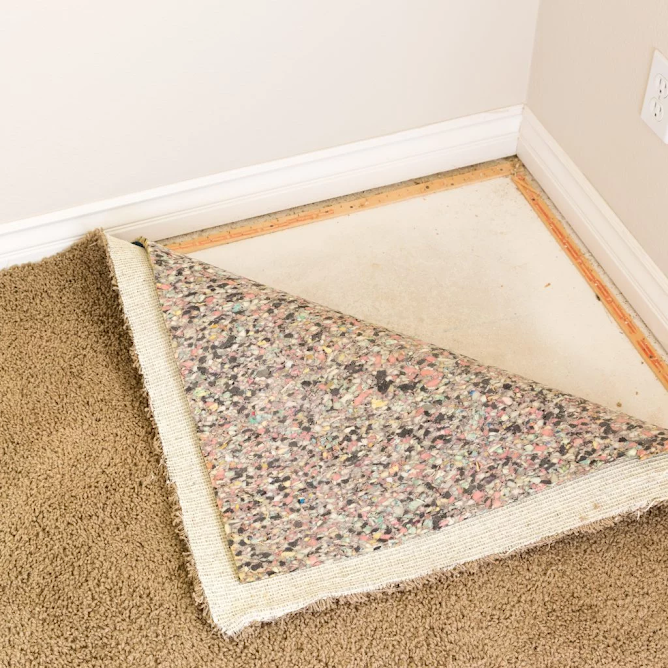How to Properly Clean and Vacuum Your Subfloor for Carpet Installation
Carpet Installation is an attractive, affordable flooring option for many homes. It offers a comfortable, warm feel underfoot and can help mask sounds and echoes. However, it can also be an eyesore and can contribute to the growth of mold, mildew, bacteria, and other allergens. Proper carpet installation is important to the life of your new floor covering, so it’s a good idea to have a professional handle the job. This article covers the basics of Carpet Installation and will help you decide if you can do the work on your own or if it is best to hire a professional.
Carpet Installation process
Before you begin the Carpet Installation process, make sure to read and understand the warranty. It will include specifics on installation, cleaning, and care of your new carpet. It will also tell you if it can be cleaned with water or requires special cleaners. This will help you avoid expensive repairs in the future.
Install carpet in and note their square footage
Measure the areas of the room you’re planning to install carpet in and note their square footage. If you’re only installing in a single rectangular room, this should be fairly straightforward. However, most home structures aren’t simple rectangles and require taking into account triangular corners, rounded edges, and interior spaces like closets. Once you’ve determined the square footage, find out how much carpet is sold per square foot in your area and use that as a reference when you start shopping around for prices.
Choose a style of carpet
Choose a style of Carpet Installation that will stand up to the amount of foot traffic you anticipate in the room while also fitting your price range and your home’s aesthetic. Consider textured, patterned, and color options to see which might suit your space best. If you’re unsure, ask a sales associate to help you narrow down your choices and try out samples.
The rooms being carpeted off limits
Most professionals recommend keeping the rooms being carpeted off limits to traffic for 24 hours after the work is done. This will give the adhesive time to set. During this time, you should remove all furniture from the room and move valuables to another area of your house. You should also clean the room thoroughly and ensure that any hardware such as door stops, floor vents, or baseboards are returned to their proper places.
Preparing for Carpet Installation
Before your carpet is installed, you’ll need to clear the space and prepare the subfloor. If you have radiant heat or a drain tile system, let your sales associate and carpet installer know as they’ll likely need to alter the installation method or take extra steps to avoid damage to these systems.
Conclusion
It’s also a good idea to remove loose items from the room, such as books and electronics, and move them to a different part of your house. This will prevent accidental scratches and dents to your belongings while also making it easier for you to find them again after the work is done. Lastly, it’s important to make sure that there are plenty of fully functioning electrical outlets available for the power tools that will be used during installation.




Comments
Post a Comment